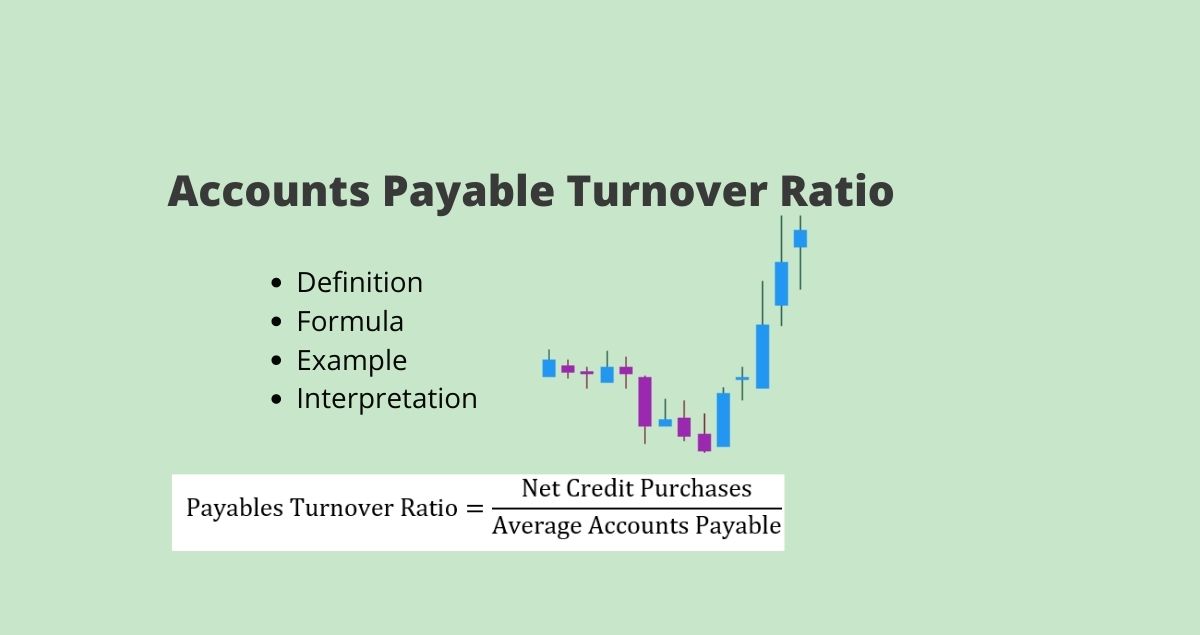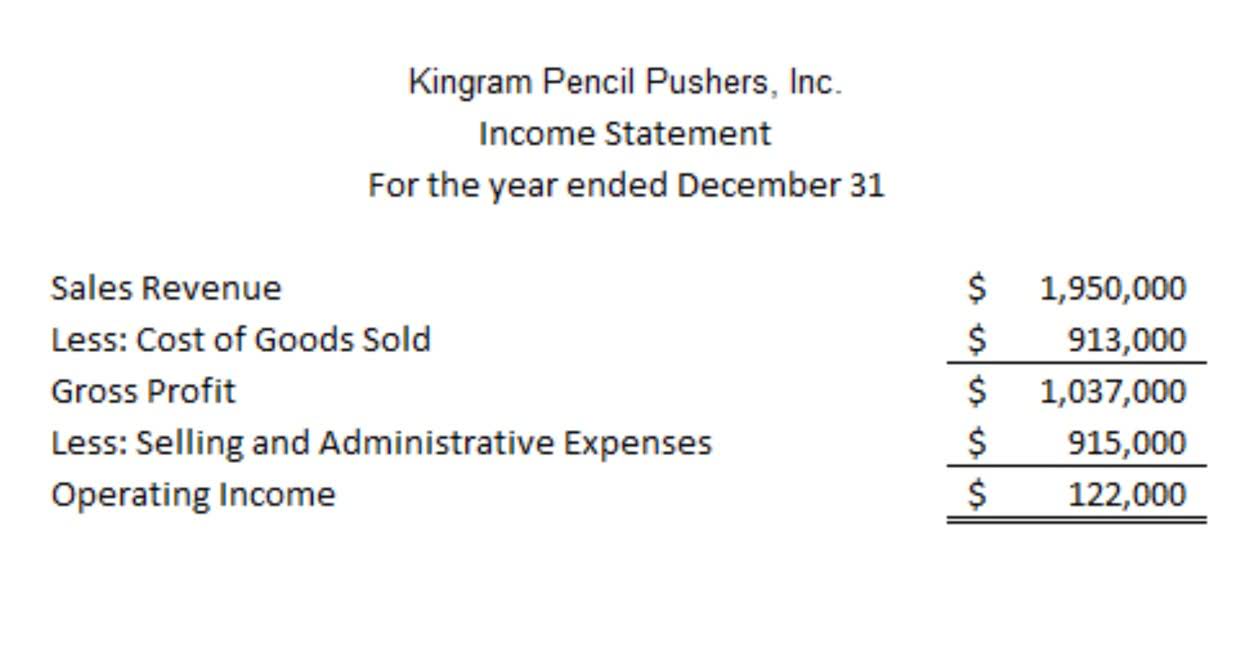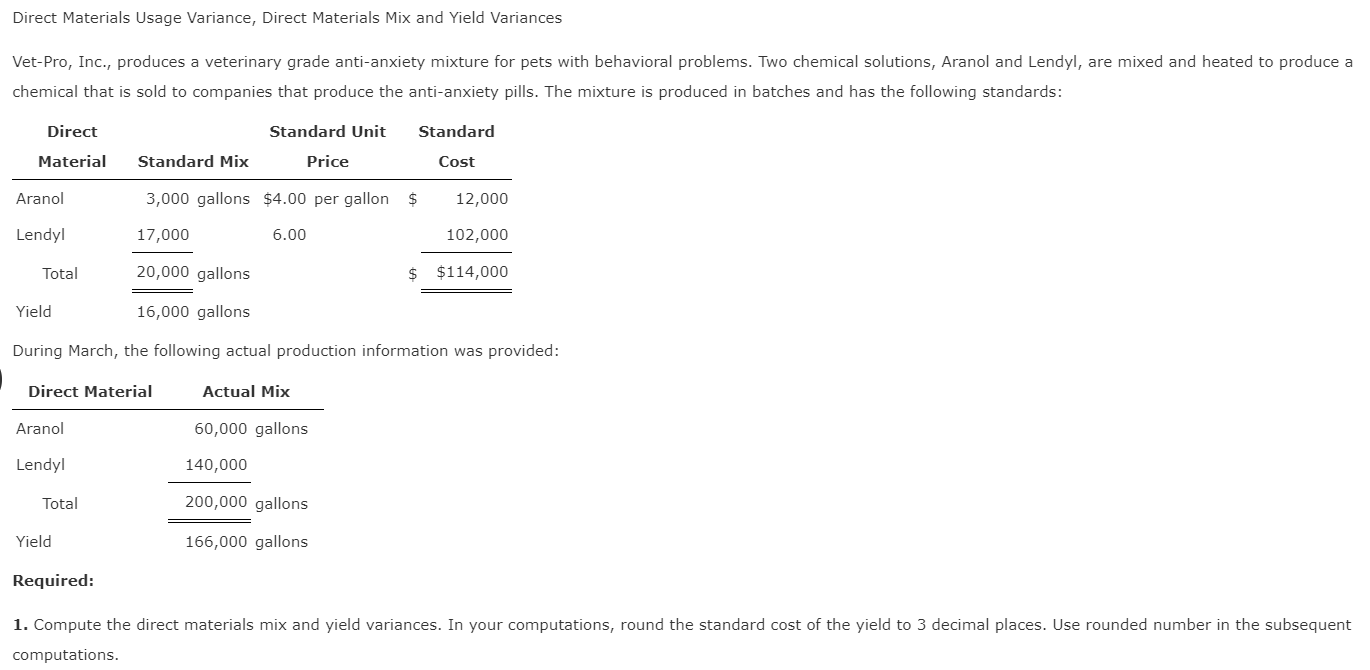It includes everything in Growing, plus multi-currency accounting, project costing and tracking, expense claims, and in-depth analytics. Compare the features, pricing plans, and add-ons available with both QuickBooks and Xero to find the best accounting solution for your business. QuickBooks Online is a good option for many small businesses that are looking to make invoicing customers easy and integrate invoicing and payments into the general ledger. Small businesses can customize how they use the platform tips for submitting your nih grant application so that they only use the features they need. While there are many options available, you do not need to sign up for all of the QuickBooks services all at once. You can start with a single app, such as the accounting or payroll software, and add others as you expand.
Employee Time and Expense Tracking
QuickBooks’ user-friendly interface makes navigating your finances a breeze, even if you’re not an accounting expert. The layout and simple design ensure that you can find what you need quickly and efficiently. Intuit reports that 94% of accounting professionals feel QuickBooks Online saves them time and thus saves their clients’ money. Send invoices, record transactions and adjust reports in different currencies and assign currencies to different customers. See how your business is doing, and how it could look in the next 90 days, with a range of popular reports and the cash flow planner. Create professional custom invoices, send payment reminders, and match payments to invoices, automatically.
We are driven by the Fit Small Business mission to provide you with the best answers to your small business questions—allowing you to choose the right accounting solution for your needs. Our meticulous evaluation process makes us a trustworthy source for accounting software insights. We don’t just convert $2100 per month to yearly salary scratch the surface; we immerse ourselves in every platform we review by exploring the features down to the finest nuances.
Xero also integrates with other business applications, such as payroll and inventory management systems. This makes it a versatile tool for small businesses that need to streamline their operations. Xero and QuickBooks are two the of most popular accounting software solutions for small businesses looking to keep track of finances. While the two both offer similar features, such as tax management, financial reports, integrated payroll, inventory and file storage, the two are not without their differences. Forbes Advisor compared Xero vs. QuickBooks when it comes to the key features, pricing, customer service and reviews to help you decide which is right for your business. To compare QuickBooks vs. Xero accounting, we consulted product documentation and user reviews.
Rest easy knowing your QuickBooks data is backed up
It also gives you bill management and collects employee time for invoices to add them for proper billing. If you pay VAT, work with suppliers or are a growing business, you can take your pick from Essentials (up to 3 users) or Plus (up to 5 users). The features list grows with the monthly subscription cost, and you can bolt-on extra services such as Payroll for a small extra monthly fee. Wave Accounting is a free accounting solution for very small service-based businesses, contractors, freelancers and consultants. If you can’t justify paying for QuickBooks Online or Xero or they have too many features your business doesn’t need, Wave might be an ideal alternative.
Best Free Accounting Software of 2024
- These ratings are meant to provide clarity in the decision-making process, but what’s best for your business will depend on its size, growth trajectory and which features you need most.
- However, we want to emphasize that Xero offers fixed asset accounting in all its plans, making it an affordable QuickBooks alternative for fixed asset management.
- In contrast, all Xero plans offer unlimited users and its highest-tier Established plan is a more affordable $78 per month.
- NerdWallet’s accounting software ratings favor products that are easy to use, reasonably priced, have a robust feature set and can grow with your business.
- We have an extensive history of reviewing small business accounting software, and we stay up-to-date with the latest features and enhancements.
- Compare the features, pricing plans, and add-ons available with both QuickBooks and Xero to find the best accounting solution for your business.
After that, the data will be updated automatically every business day. There are no manual uploads needed, and you can set up secure, encrypted feeds from any number of different bank accounts. It’s most basic ‘Starter’ plan is for sole traders and startups and offers up to 20 invoices/quotes and 5 bill payments a month. The Standard plan doesn’t have an upper limit on invoices and bills, while the most expensive Premium plan lets you manage accounting in multiple currencies. With the QuickBooks app, you can stay on top of all your business finances and accounting from your phone.
You can rely on Xero and QuickBooks Online for project accounting, as both allow you to create estimates and set up and track projects. With QuickBooks Online, you can track expenses by project in the Plus plan, but you can’t compare it to estimated costs unless you have the Advanced tier. QuickBooks offers a more integrated suite of features compared to Xero. With features like automatic expense tracking, a user-friendly interface, and extensive reporting options, QuickBooks aims to streamline financial management for small businesses.
The best accounting software received top marks when evaluated across 10 categories and more than 30 subcategories. Has robust reporting tools and report customization options, invoicing for an unlimited amount of clients, inventory tracking in higher tier plans, plus a capable mobile app. Has robust reporting tools and report customization options, basic inventory tracking in all plans and a capable mobile app; Early plan limits the number of invoices and bills.
The software must have tools to track time, record billable hours or expenses, send invoices for progress billings, or straight line depreciation monitor project progress and performance. The desktop version is installed on a computer, while the online version is accessed through a web browser. QuickBooks Online includes all the components of the desktop version, plus additional features such as more app integrations, a fully functional mobile app and more attractive pricing. The Online plans start at $35 per month while the only current Desktop version, Enterprise, must be paid annually and start at $1,922 per year.









